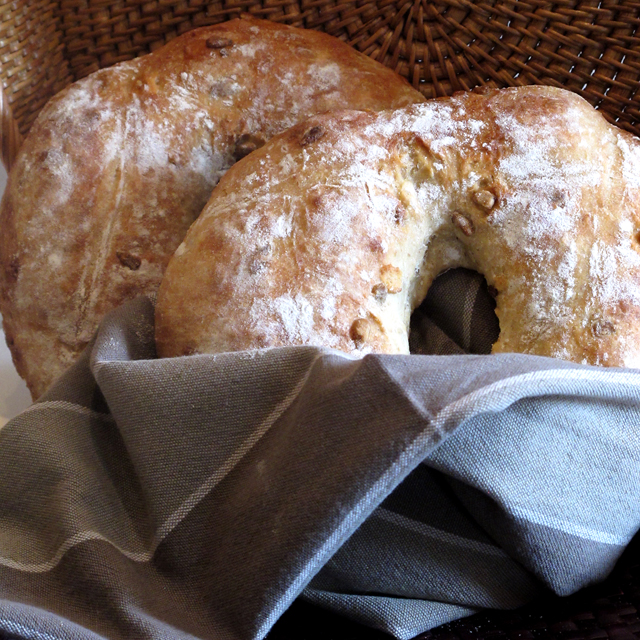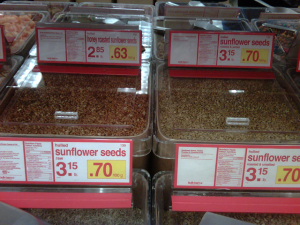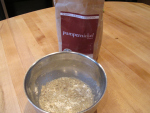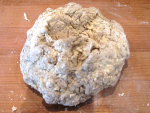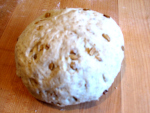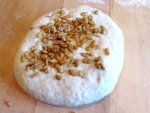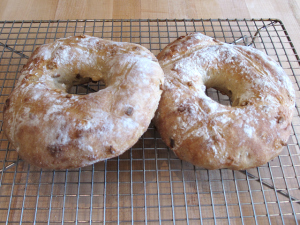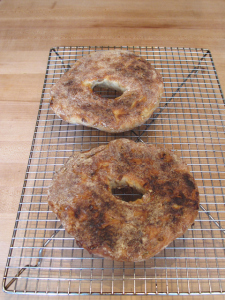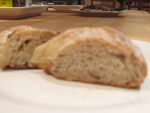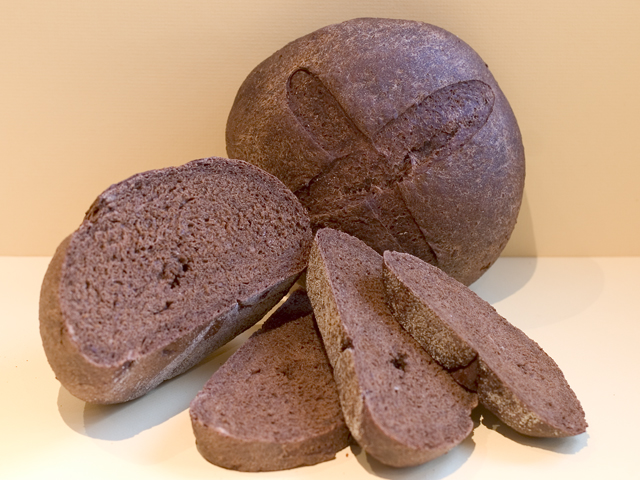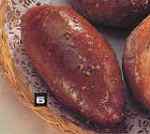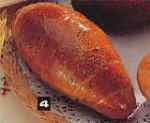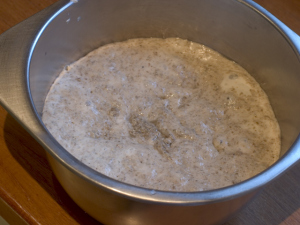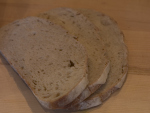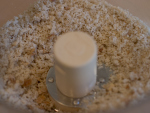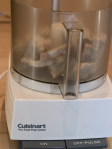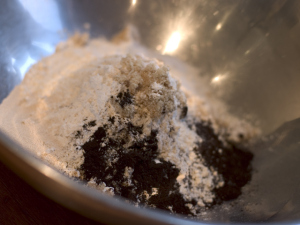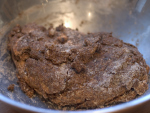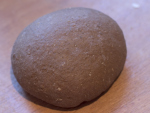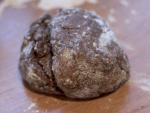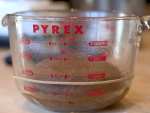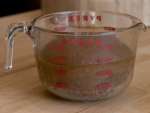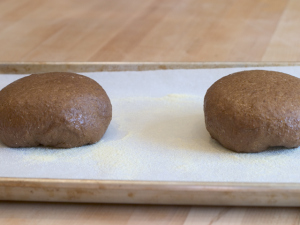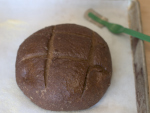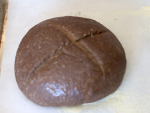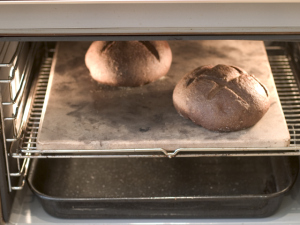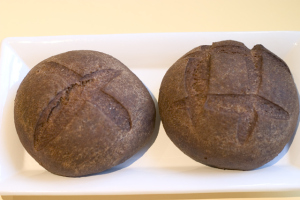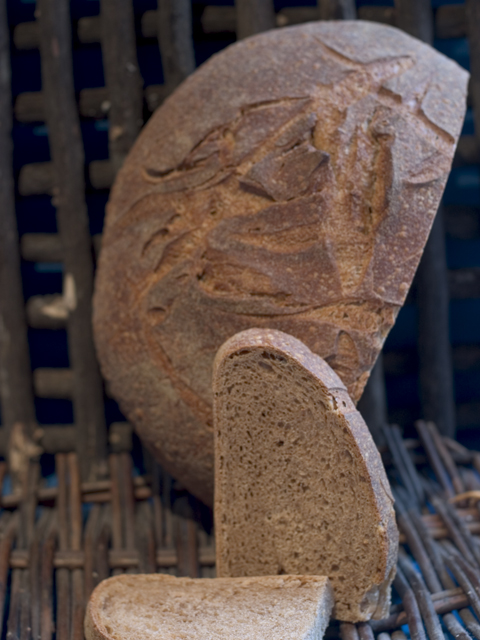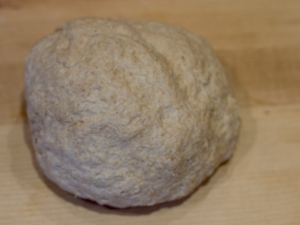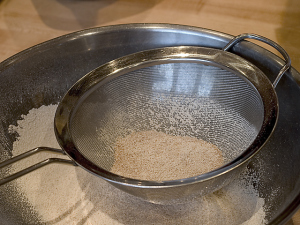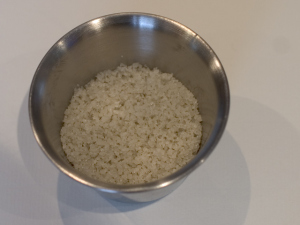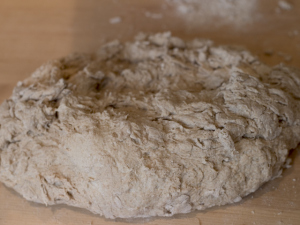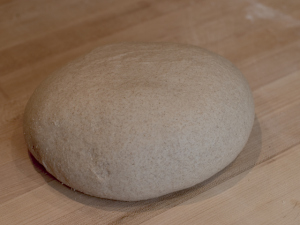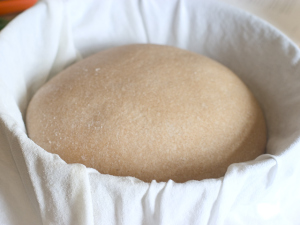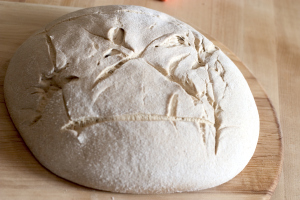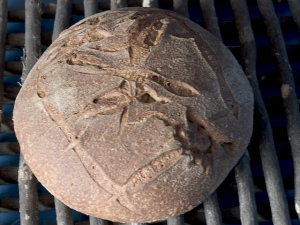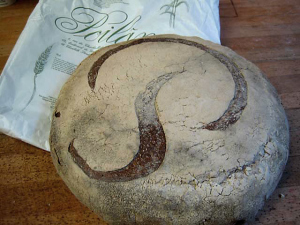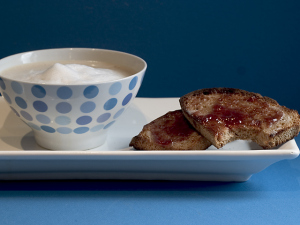This is the last bread in the sourdough section of the Bread Baker’s Apprentice Book. I will be a little sad to say goodbye to the sourdoughs. Baking them has been a new and thrilling experience for me. I must admit, sunflower seed bread did not really sound like a loaf you want to go out on a bang with. No offence but sunflower seeds are not exactly exciting. Well that is until I remembered that I had honey roasted sunflower seeds in my freezer. I had bought them a few months ago to make a Crunchy Coleslaw recipe from my friend Lanie.
When I went to the bulk food store to buy the ingredients, I saw that right next to the bin of regular shelled sunfloweer seeds was a bin of honey roasted sunflower seeds.
Of course I had to taste them. I don’t believe that those “NO SNACKING” signs really apply to me anyways.
Besides, I put on one of those plastic gloves they supply before sticking my hand in, so it’s okay, (isn’t it?) I was blown away by the sweet and salty crunch of these little seeds. They made a wonderful addition to the coleslaw and I thought they’d really wake up this sleepy little bread.
The day before making this bread you mix up a “soaker” containing pumpernickel grind rye flour and water. This is left to sit out on the counter overnight.
We are also instructed to make a “firm starter”, which just means adding some bread flour and a touch of water to some of the sourdough starter (barm) you have in fridge. I only just discovered that there are firm and wet starters. My starter (Phyl) is a wet starter. I have not quite learned all the differences and advantages of one type over another (that topic could cover several volumes according to what I have uncovered in my rudimentary research!). Suffice it to say that Peter Reinhart assured me I could substitute my wet starter (which he calls a Barm) for the firm starter and just use less water in the final dough. That’s what I decided to do.
Day 2 I mixed the soaker with my wet starter and the other dry ingredients (high gluten bread flour, a touch of instant yeast and salt). No addditional water was needed. I was careful when kneading this dough as overworking it could cause the rye flour to go gummy. After about 4 minutes the sunflower seeds were kneaded in . Another 2 minutes of hand kneading and the dough was ready for proofing.
After about 90 minutes, the dough was ready for shaping. The dough is divided into two and each piece is shaped into a boule.
Then you poke your thumb through each boule and stretch it out into a big bagel shape. Unfortunately the video does not show the stretching process as my video skills need some work!
Finally, a chopstick is used to create indentations in the dough to form a design.
Into a hot oven for about 15 minutes and they were done. Gloriously brown on top.
And beautifully browned and crisp on the bottom:
I was not prepared for how much I would love this bread. It was chewy and slightly sweet from the honey roasted sunflower seeds. I will be visiting this one again very soon.

